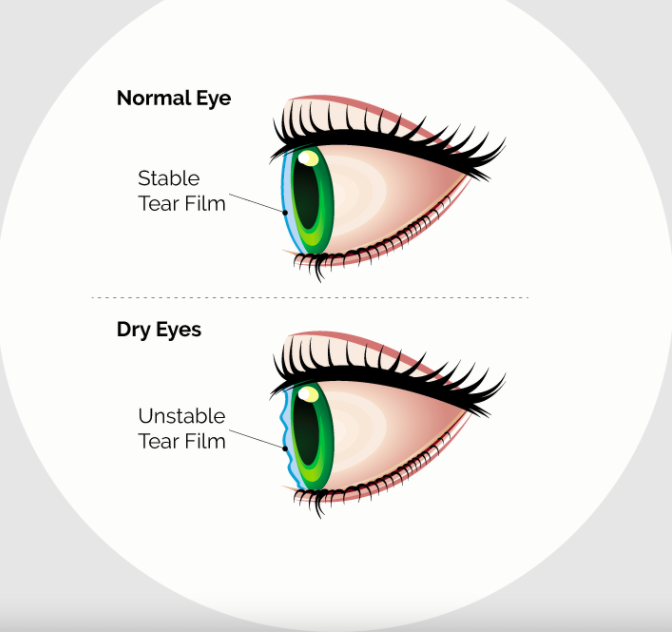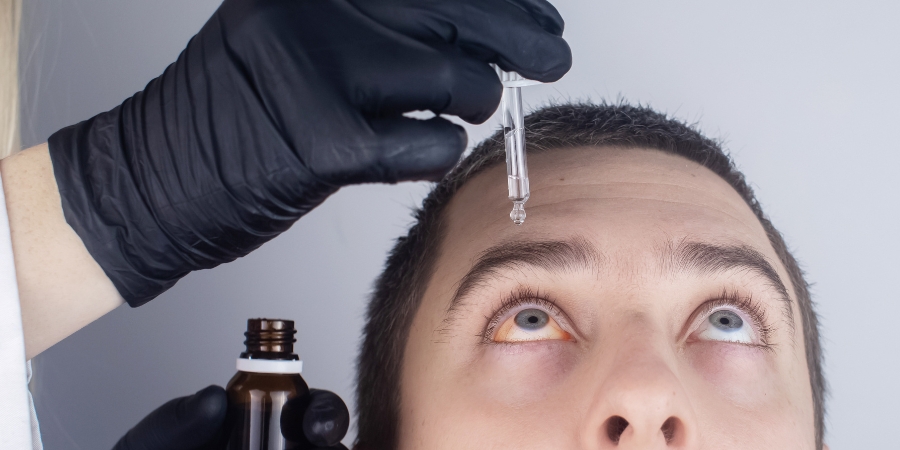All Categories
Featured

While these advancements have enhanced ease and connectivity, they've also introduced an usual problem: electronic eye strain. Signs like fuzzy vision, headaches, dry eyes, and neck discomfort can result from long term display usage.
Adhere To the 20-20-20 Rule. Among the easiest and most effective methods to decrease electronic eye pressure is by adopting the 20-20-20 policy. Every 20 mins, take a 20-second break to concentrate on something 20 feet away. This gives your eye muscular tissues a chance to kick back and stops prolonged stress from concentrating on a close-by display. Establishing tips or using applications can help you stay regular with this routine.

Optimize Your Screen Arrangement. The placement of your display plays a substantial role in reducing eye pressure. Position your computer system monitor regarding an arm's size far from your face, with the top of the display at or simply below eye degree. This arrangement makes certain that your eyes naturally look slightly descending, lowering stress and aiding you preserve proper pose.
Additionally, readjust the brightness and comparison of your screen to match your surroundings. A screen that's also bright or as well dark can require your eyes to function tougher. Using a blue light filter or activating your device's "evening setting" can also lower the rough results of blue light on your eyes, specifically in the evening.
Blink More Frequently. When staring at displays, individuals have a tendency to blink less often, which can lead to completely dry, inflamed eyes. Make a conscious effort to blink more frequently while utilizing digital tools. If you still experience dryness, consider utilizing lubricating eye declines or man-made rips to keep your eyes comfy.
Take Breaks and Walk Around. Extended screen use does not simply impact your eyes-- it also influences your neck, shoulders, and back. Taking routine breaks to stand up, stretch, and move can minimize physical pain and minimize general exhaustion. Short breaks every 30 minutes or so can make a huge difference.
Limit Screen Time. Whenever possible, limit unnecessary screen time, especially before bedtime. Heaven light from electronic gadgets can interrupt your rest cycle by suppressing melatonin manufacturing. To safeguard both your vision and rest quality, prevent screens for a minimum of an hour prior to going to bed.
Stay Hydrated and Use Proper Illumination. Dry eyes can likewise arise from dehydration, so drink plenty of water throughout the day to remain hydrated. Furthermore, ensure your work space is well-lit yet complimentary of glare. Prevent placing your screen in straight sunshine or under extreme fabricated lights that reflect on the screen.
Buy Computer Glasses. If you invest lengthy hours in front of a display, think about purchasing blue light-blocking or computer system glasses. These specialized lenses lower glare, filter blue light, and enhance focus, making display time much more comfortable for your eyes. Speak with an eye care expert to determine if these glasses are appropriate for you.
Do Not Avoid Normal Eye Exams. Normal eye examinations are important, specifically if you utilize electronic devices regularly. An eye doctor can assess your vision, identify possible issues, and suggest customized options to safeguard your eyes. They can likewise recommend computer glasses or suggest various other strategies for minimizing electronic eye strain.
Verdict. By carrying out simple methods like the 20-20-20 policy, enhancing your screen setup, and taking routine breaks, you can secure your vision and keep eye health and wellness. Make these routines component of your daily routine, and don't forget to focus on routine eye tests to maintain your eyes in leading problem.
Latest Posts
Explore Special Auto Repair Offers in Chicago at Montclare Auto Repair
Discover the Premier Auto Repair Deals in Montclare, Chicago
Check Out Top Vehicle Maintenance Solutions at Montclare Auto Repair – Quality Service Today
More
Latest Posts
Explore Special Auto Repair Offers in Chicago at Montclare Auto Repair
Discover the Premier Auto Repair Deals in Montclare, Chicago
Check Out Top Vehicle Maintenance Solutions at Montclare Auto Repair – Quality Service Today